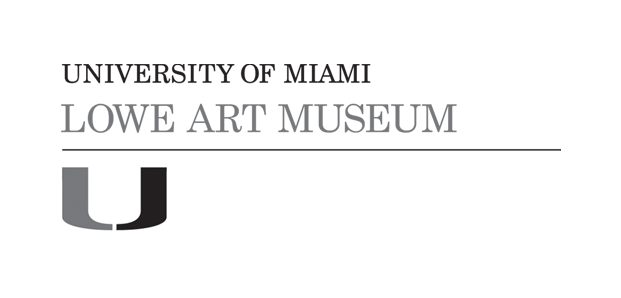Waterloo Bridge
Artist/Maker
Claude Monet
(France, 1840-1926)
Date1903
CultureFrench
Mediumoil on canvas
DimensionsSight: 25 1/8 x 31 1/4 in. (63.8 x 79.4 cm)
Framed: 35 1/8 x 41 3/4 x 3 3/8 in. (89.2 x 106 x 8.6 cm)
Framed: 35 1/8 x 41 3/4 x 3 3/8 in. (89.2 x 106 x 8.6 cm)
ClassificationsVisual Works
Credit LineGift of Ione T. Staley
Terms
Object number60.057.000
On View
Not on viewCollections













